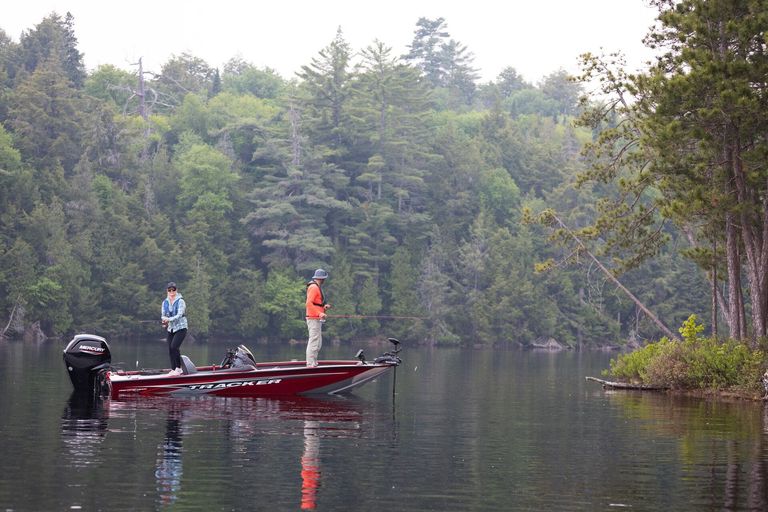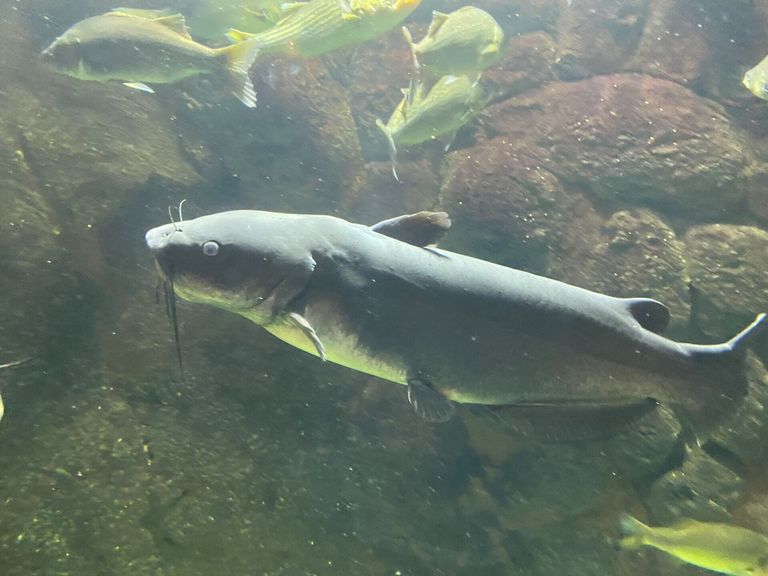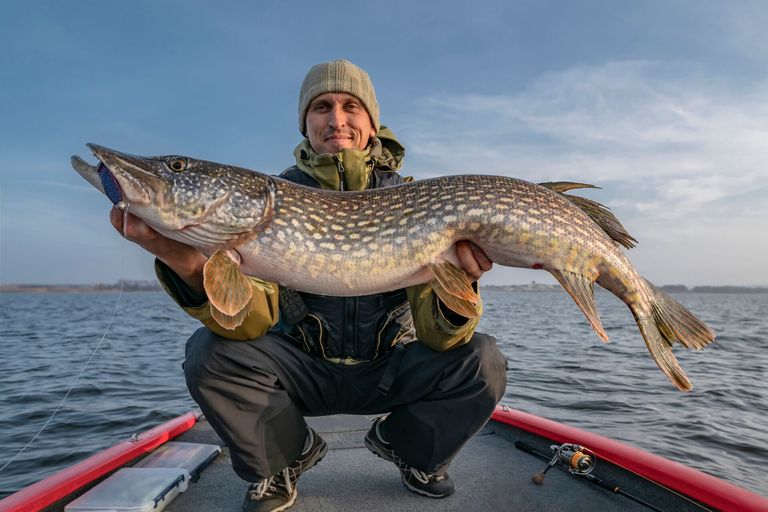When is Walleye Season in Michigan?
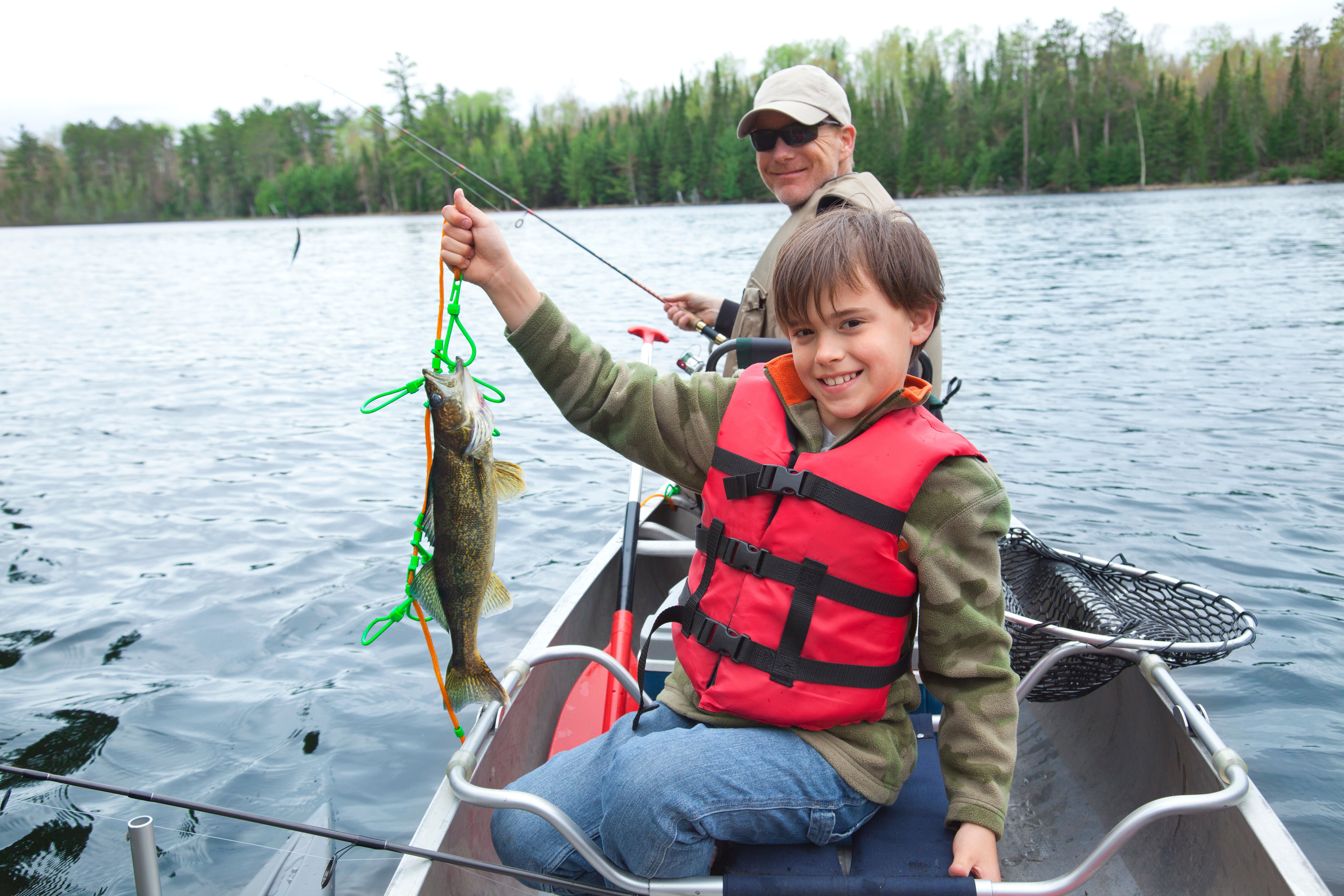
With the weather warming up, you probably have boating — and maybe fishing — on your mind. Fishing is an excellent way to have fun on the water, spend time on your boat, and bond with friends or family over a shared activity.
With critical safety tips and good knowledge of the types of fish available in your area, you can fish nearly year-round and protect yourself and others.
If you're interested in Walleye season in Michigan, you can learn a lot about this great fish and the best times to catch it. From regional variations to recommended gear, being prepared can help you have a much better experience. Here's what to know as you plan your next fishing trip!
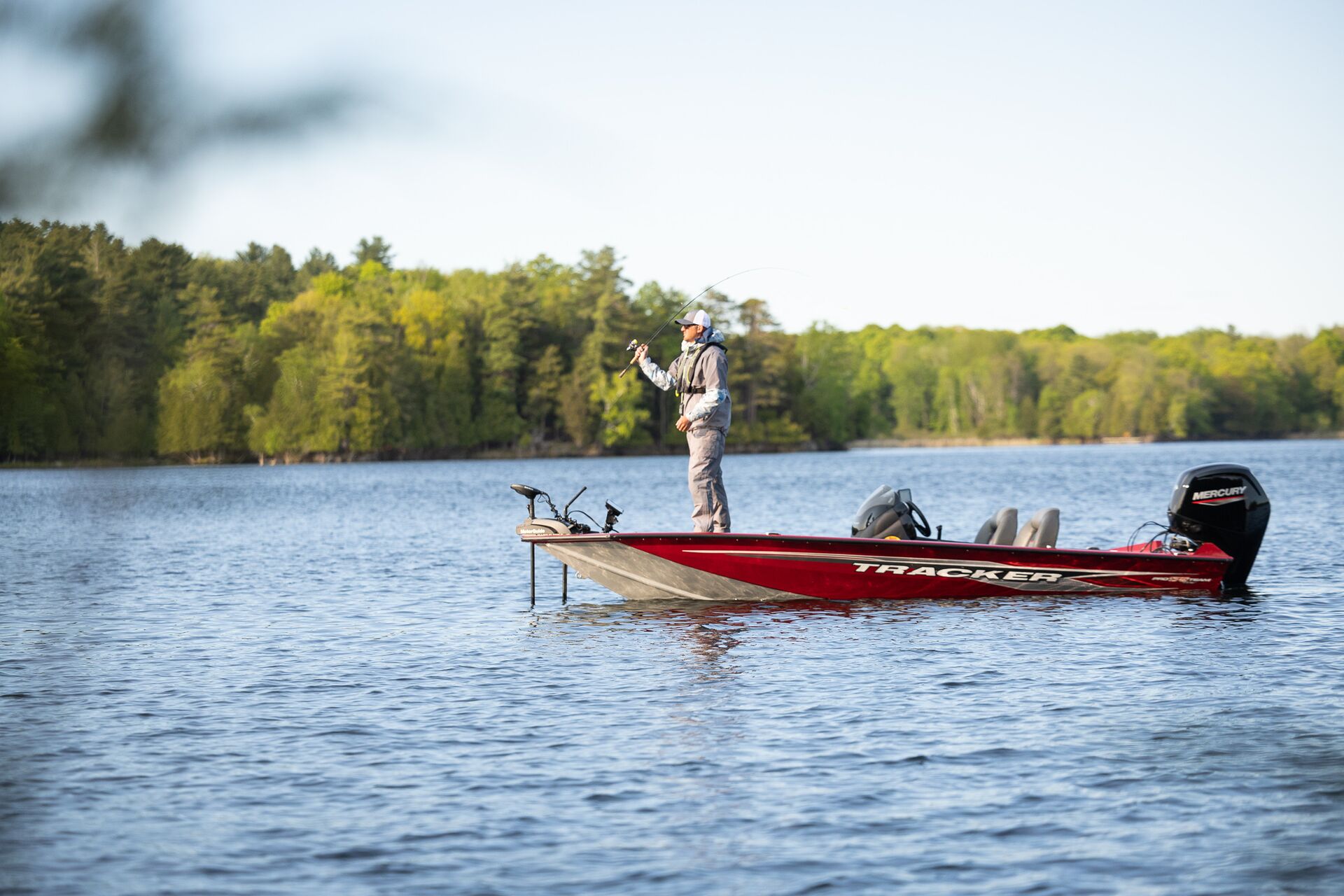
What Are the Season Dates and Regulations for Walleye Fishing?
The best dates for Walleye fishing matter, as do the regulations. Some of those regulations can differ depending on your location, so be sure you're paying close attention to what's accurate for your specific area, not just the state itself.
The General Timeline for Walleye Season
Michigan's primary Walleye season is in the late spring and summer, but you can fish for this species nearly any time of year. Depending on where you are in the state, you may have an open season all year round.
However, the best months to catch the most Walleye are April, May, June, July, and August. Remember that the seasons can vary depending on whether you're in the Upper or Lower Peninsula or on one of the lakes.
Regional Variations
If you're fishing on the Lower Peninsula Great Lakes, Lake St. Clair, or the St. Clair or Detroit rivers, your Walleye season is all year long.
The season for the Lower Peninsula inland waters is from April 27 to March 15, and for the Upper Peninsula Great Lakes, inland waters, and St. Mary River, the season is from May 15 to March 15.
Licensing Requirements
Before fishing for Walleye, you'll need a valid Michigan fishing license. You'll also want to review the latest fishing regulations guide. This information will help you better prepare to catch fish legally and safely.
Knowing catch limits, size restrictions, and any specific rules is essential so you don't risk violating any laws.
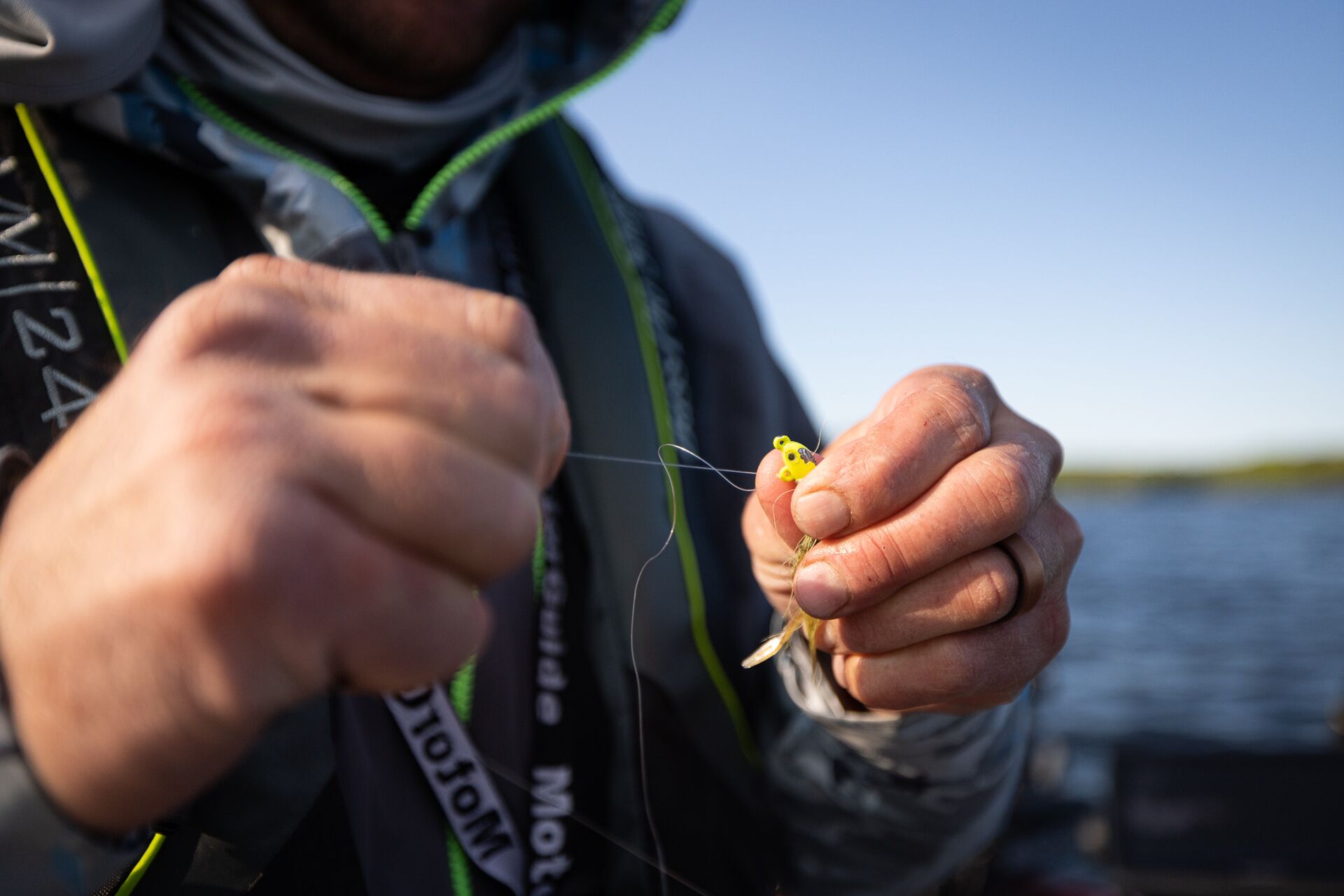
How to Catch Walleye in Michigan
Once you're familiar with the rules and regulations surrounding fishing in Michigan, the next step is to understand how to catch Walleye. This includes the right bait, lures, techniques, and locations to help you find and reel in more fish.
Find the Best Locations for Walleye Fishing
Some of the best locations for the Walleye season in Michigan include hotspots like Lake Erie, Saginaw Bay, the Detroit River, and smaller inland lakes. Check out shallow waters in spring and deeper ones in summer for where these fish like to gather.
Get the Right Gear
For higher chances of catching Walleye, you'll want medium-action rods with six to 10-pound test lines. Also, consider using slip bobbers, crankbaits, jigs, or live bait rigs to attract Walleye and keep them interested in what you're offering.
Use the Right Bait and Lures
You can use live bait or artificial lures to catch Walleye, and both can be great choices.
The best live bait options include nightcrawlers, minnows, and leeches. If you plan to use artificial lures, consider choosing blade baits, trolling crankbaits, and soft plastic grubs, as these tend to be the most effective.
Apply the Best Fishing Techniques to Reel Them In
Even with good gear and the right location, proper techniques are still essential for success. The most successful methods can depend on the time of year, as you'll be fishing in different water depths.
- Spring: Jig in river mouths and shallow waters.
- Summer: Troll with crankbaits or use bottom bouncers with spinner rigs in deeper waters.
- Fall: Drift with live bait or cast crankbaits along weed lines.
When you choose the best technique for the location and time of year, you'll increase your chances of catching more Walleye.
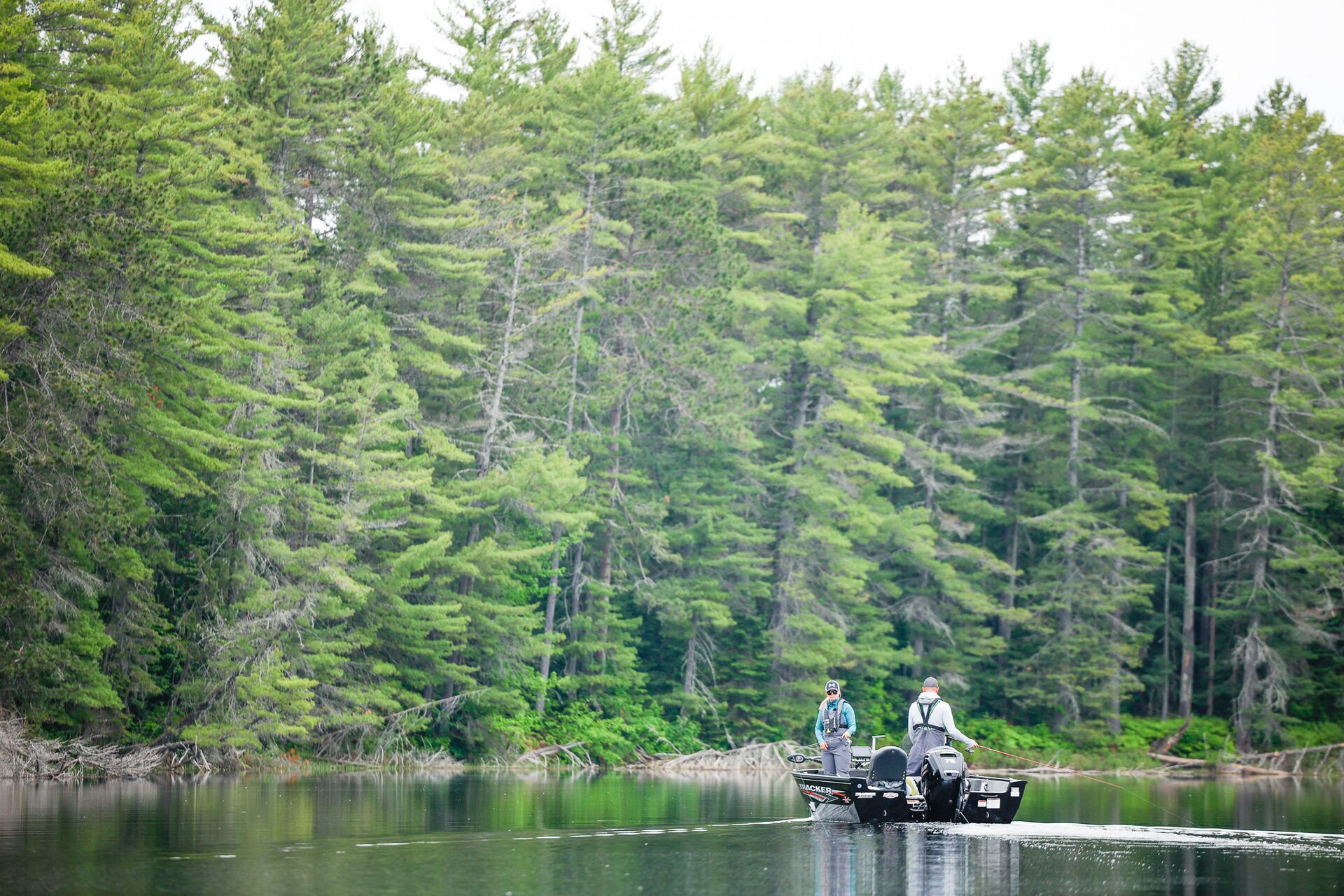
Walleye Behavior and Seasonal Tips
Walleye behavior can change throughout the year. They follow feeding patterns based on water temperature and other factors.
These fish tend to feed during low-light periods, such as dawn and dusk or cloudy days. Water temperature and clarity also influence movement. Walleye like cooler waters and are less skittish in murky or cloudy water.
When you know their behaviors and how their habits are affected by the seasons, you can focus your efforts on the best methods of catching them.
Prioritize Safety on Your Fishing Boat
No matter the time of year you head out for a fishing trip, being safe on the water is vital to your Walleye fishing experience.
Monitor weather conditions, especially on large bodies of water. Additionally, wear a personal flotation device and ensure you always have proper safety equipment on your boat.
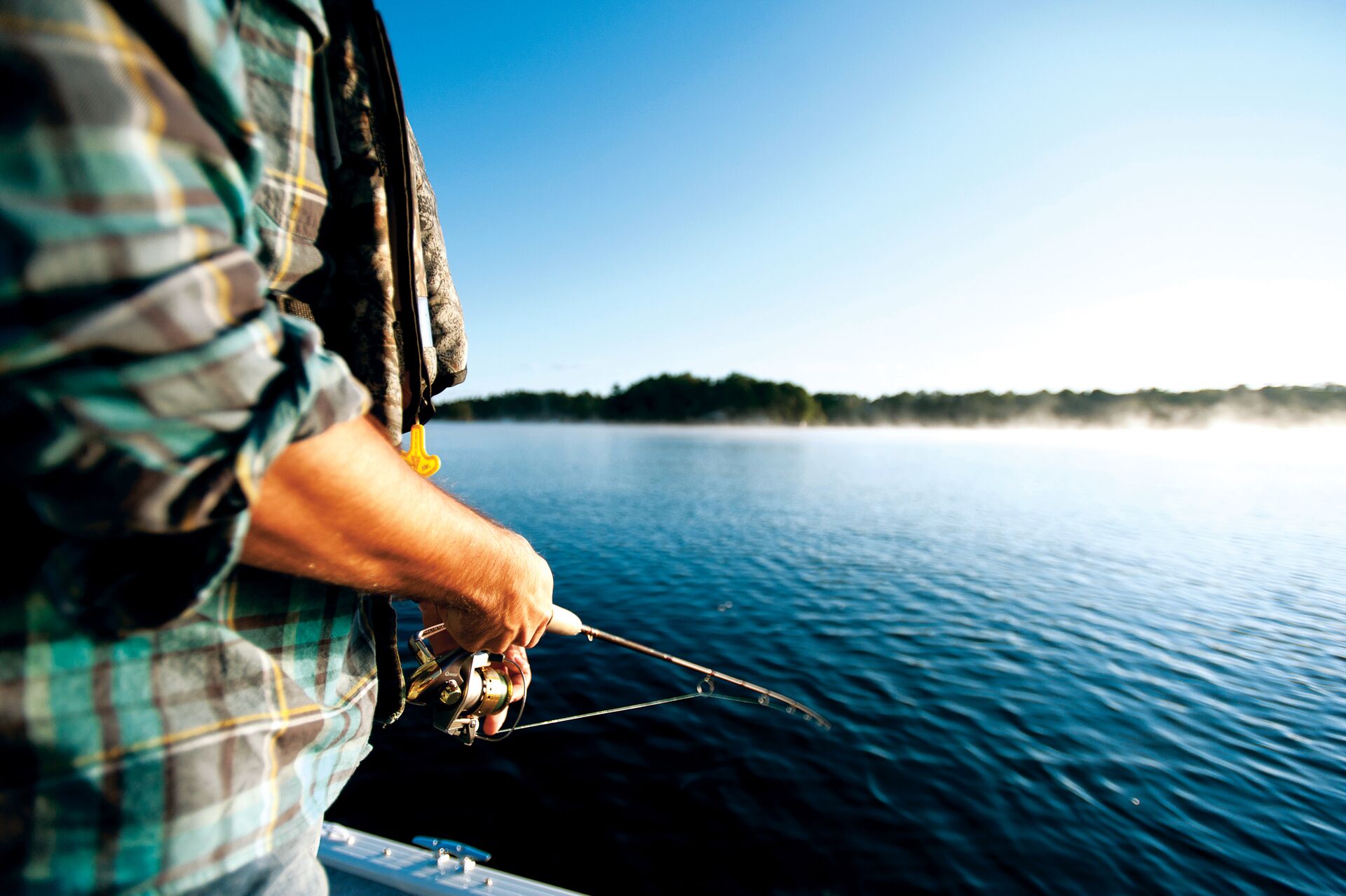
Enjoy Walleye Fishing This Season (and Stay Safe on the Water)
We hope these tips help you reel in plenty of Walleye in Michigan this season!
Along with preparing your boat and gear for your fishing trip, make sure you've met the state's requirements for boater education. Taking a boater education course can help you learn the safety essentials every angler needs to know to spend enjoyable days on the water with a fishing rod and reel.
Whether you boat in Michigan or elsewhere in the U.S., boater education saves lives!
Choose a BOATERexam course and start learning before hitting the water this season.

